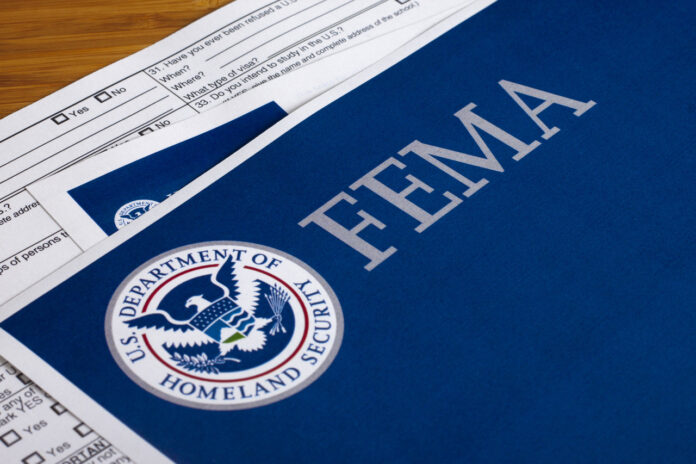
By Edward Henderson, California Black Media
For Jessica Calix, a mother from San Diego, and her 8-year-old son, it was just another typical Monday. She dropped him off at his public charter school and worked on some volunteer activities for the Parent Teacher Association.
However, later that day, torrential rain showers came and washed away the life she knew in a matter of moments.
“I started seeing cars all over the place,” said Calix, who experienced firsthand the Jan. 22 storm that killed three people and significantly damaged more than 800 homes, including hers, in primarily lower income communities where the rate of flood insurance coverage is exceptionally low.
“Within an hour I found out that my street is flooded. My neighbor Face Timed me from the water in her living room. In that moment I knew that everything was gone.”
The storm dumped more than 2 inches of rain in just two hours. According to the National Weather Service, it was the fourth wettest day in San Diego since 1850.
“At its highest point, there was 7 feet of water. A whole neighborhood turned into a lake. People were in there fighting for their lives. Rescue workers didn’t have the supplies to help them. It was such a crazy situation,” Calix said.
Nearly a month later, on Feb. 19, FEMA announced that federal disaster assistance had been made available to California to aid recovery efforts in the areas affected by severe storms and flooding, from January 21-23, 2024.
While the federal aid was a welcome relief, Calix was underwhelmed by the city’s initial response to the disaster.
“When you’re in an underserved community, you know it. It’s an attitude. You see it when you need to call a firetruck or anything, you see this attitude that they don’t believe you until the problem is glaring,” she stated. “That was the tone of what was happening. That’s why the all the flood damage happened. It was preventable. It was a shock to know my neighbors were in the water and the fire department was just sitting in their cars waiting for someone to bring supplies to save people. There were no helicopters, no backup, nothing. How are we unprepared for this in every way?”
Now that FEMA assistance is available in California, authorities have provided information to help storm victims access it.
How can flood victims apply for FEMA assistance?
The FEMA app is a one-stop shop for victims to register for assistance, click on a desktop link or call 800-621-3362.
What information is FEMA going to ask for when registering?
- A current phone number that can be used to contact victims
- Address of the damaged primary residence
- Social Security number
- A general list of damages and losses
- Information about insurance coverage
- Bank account and routing numbers for direct deposit of funds
“Our number one goal right now is to encourage folks who are uninsured or underinsured to apply for FEMA,” FEMA External Affairs Officer Brady Penn told California Black Media.
“It takes 20 minutes for most folks. Once you’re registered, usually within a couple of days people can see money in their bank accounts. Things are moving quickly and there has already been quite a bit of money already dispersed through these programs,” Penn added. “We really want as many people as possible who were impacted by that storm in January to apply so they can jumpstart their recovery and get back on their feet.”
Assistance can include grants for temporary housing and home repairs, low-interest loans to cover uninsured property losses, and other programs to help individuals and business owners recover from the effects of the disaster.
FEMA officers are currently in the San Diego area assessing damage and aiding with registration to receive services. Federal funding is also available on a cost-sharing basis for hazard mitigation measures statewide.
“We are also planning to open disaster recovery centers,” said Penn. “There will be at least one, potentially several disaster recovery centers in the county in the coming weeks that will open. Those will be a one-stop shop for people who were impacted by those storms to go and get assistance. If you applied for FEMA assistance online and you were confused by something or got a letter/call that you didn’t understand, we want you to be able to go in and get assistance. Small Business Admin will be there, state and local people will be there as well. That’s the current layout.”
Calix is hopeful that the FEMA assistance will help the many displaced individuals affected by the flooding last month. She still acknowledges people are hesitant to trust outsiders and many fear they will be denied the services they need.
“It’s this weird balance of trusting the process and things will be ok. When you’re a parent you just have to be strong and not let the uncertainty weigh you down. You have to believe that some kind of miracle is going to come through,” she said.


